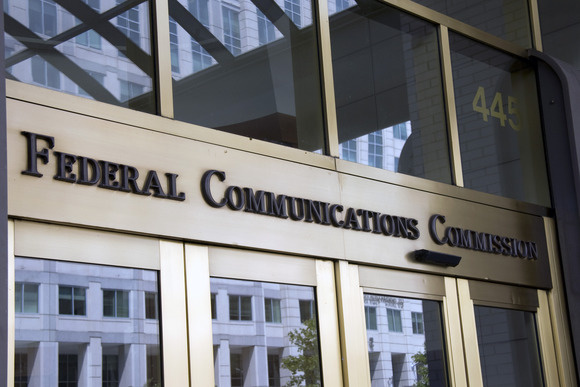FCC Claims Substantial Growth in Video Description
WASHINGTON—Video description services are now available for popular programming like “Modern Family,” “NCIS,” “The Simpsons,” “Chicago Fire” and news and sports broadcasts according to an FCC report to Congress, saying “significant progress” has been made in the benchmarks set by the Communications and Video Accessibility Act of 2010 (CVAA).

Video description is an auditory service that assists the blind and sight-impaired to access nonverbal portions of video, such as descriptions of scenery or action.
The CVAA required the FCC to develop rules for broadcasters and MVPDs to provide video description services for local TV affiliates of ABC, CBS, Fox and NBC in the top 60 markets. The specific requirements call for “87.5 hours per calendar quarter (about 7 hours a week) of video-described programming, of which 50 hours must be primetime and/or children’s programming and 37.5 hours may be any type of programming shown between 6 a.m. and midnight.” In addition, the commission is required to give updates to Congress’ Committee on Energy and Commerce, with this most recent report the second, following the initial one in 2014.
The second report, according to the FCC’s document, details “the types of described video programming that [are] available to consumers” and “the amount of such programming currently available.” Using data from NCTA—which was not provided in the report—the type of video programming available includes reality, scripted, feature films, childrens and syndicated programming, most of which air initially in primetime and are then is re-aired in non-primetime hours.
NCTA states that “the amount of video-described material on cable systems has grown substantially” since the first report and that “[s]everal other cable networks (in addition to the currently covered top five networks) voluntarily air programming with video description, including some networks that previously were covered by the FCC’s rules.”
“The record indicates that there has been significant progress in the variety and amount of video-described programming available,” the FCC said in its report.
This data, as mentioned above, is just for the top 60 markets. However, additional findings noted in the FCC’s report indicated that there is interest for video description services in other markets. While, according to reports from NAB, some stations outside of the top 60 markets are utilizing video descriptions, the FCC concluded that it was difficult to appropriately estimate the cost for expanding its video description requirements to additional markets.
Get the TV Tech Newsletter
The professional video industry's #1 source for news, trends and product and tech information. Sign up below.
“The record indicates that consumers seek expansion of the video description requirements to DMAs outside the top 60, and it provides no basis for concluding that consumers would benefit less from video description in those markets than in other areas,” the report reads. “The record does not, however, contain detailed or conclusive information as to whether the costs of such an expansion would be reasonable.”
According to the report, the current cost of adding video description services to an hour of programming is $4,202.50.
Per the CVAA, the FCC does have the authority to expand the requirements for video description services to up to 10 additional DMAs if it chooses based on the findings of the report by Oct. 8, 2020.
To read the full report from the FCC, click here.
